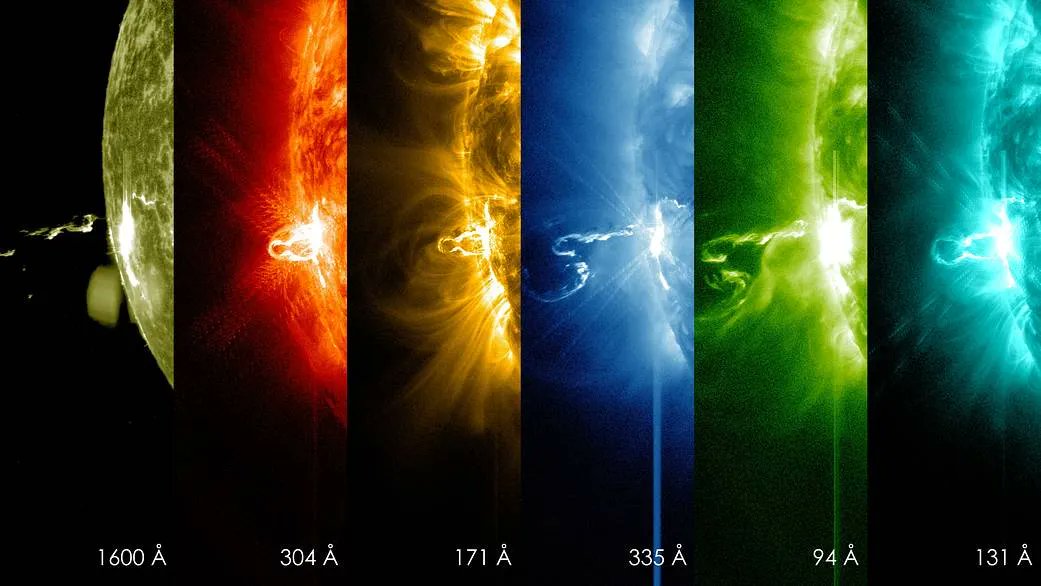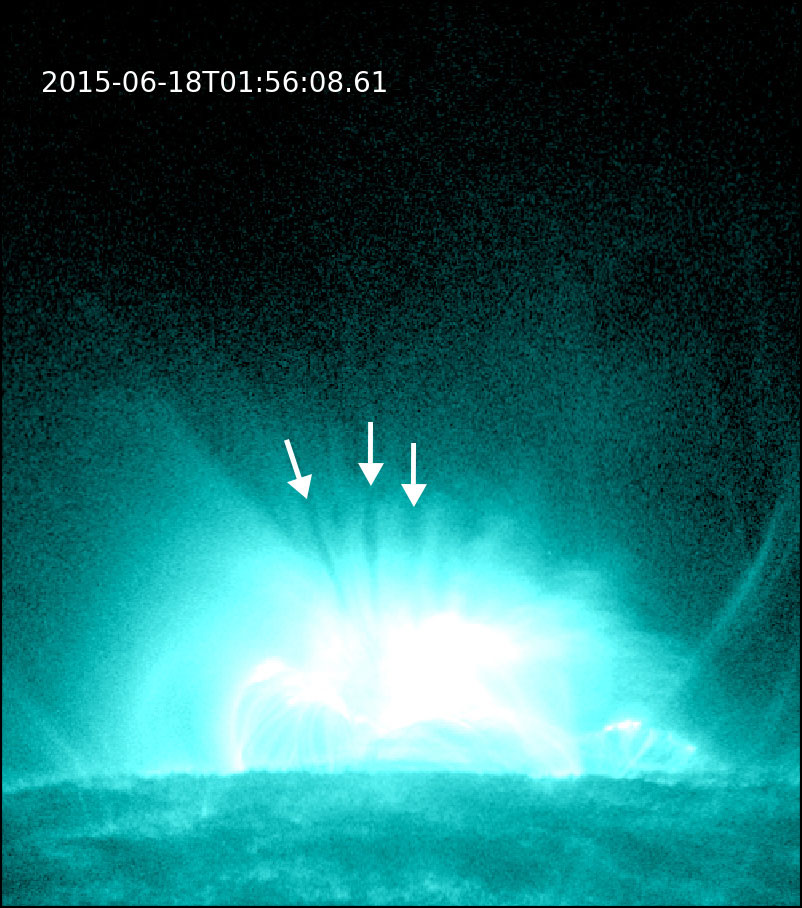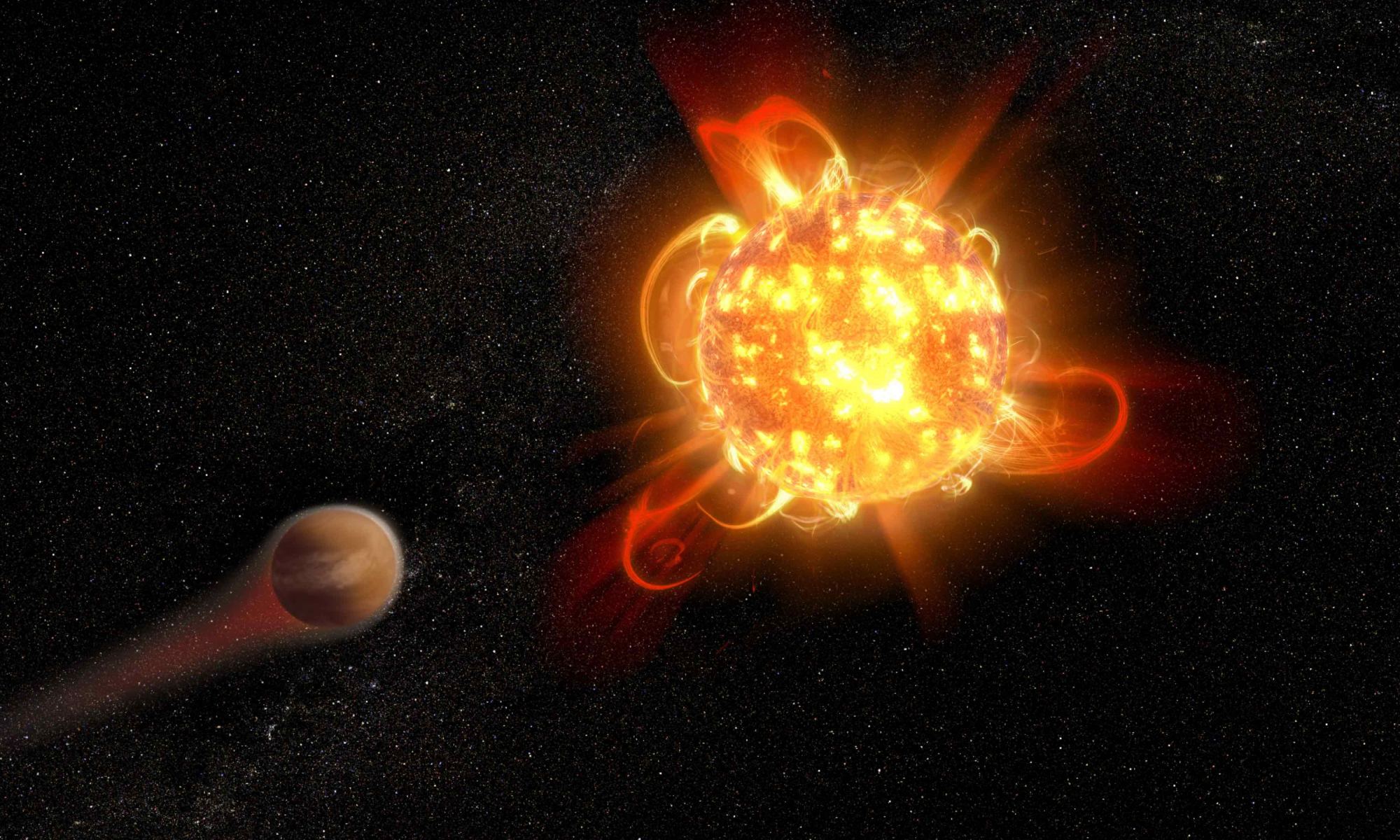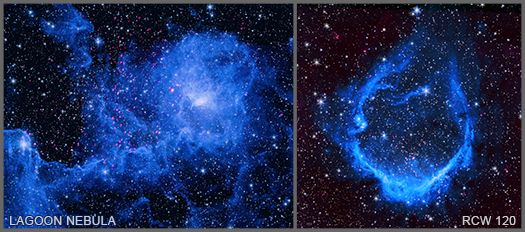The Sun is such a stable presence in our lives that we often take it for granted. Few things are as certain sure as the rising of the Sun each morning, and the cycles of the seasons mark the years of our lives. But the Sun is a star, and stars can sometimes be unpredictable. They can emit powerful solar flares and powerful X-rays. With our deep dependence on technology and electricity, the Sun poses a small but real risk to our civilization. As a recent study shows, the Sun has had some extremely powerful flares in recent cosmic times.
Continue reading “A Monster Solar Storm Struck Earth 14,300 Years Ago”The Sun Continues its Journey to Solar Maximum, Releasing X-Class Flares
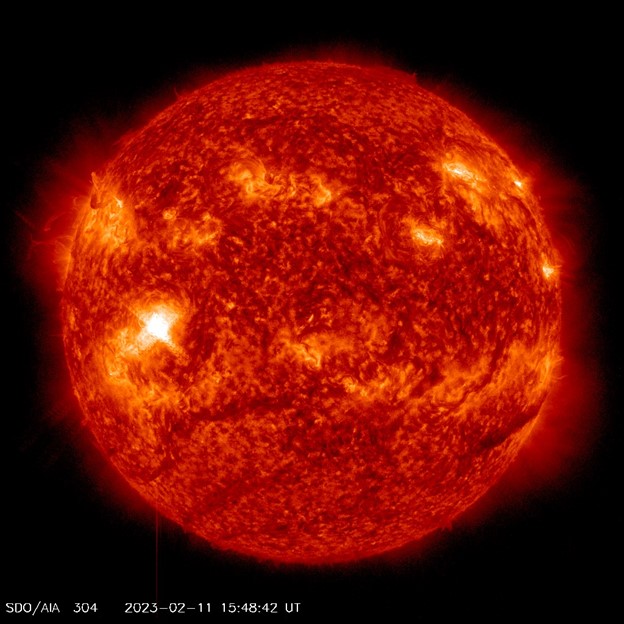
The Sun belted out strong solar flares two days in a row, as activity ramps up toward the next Solar Maximum, predicted for mid-2025.
On Saturday, February 11, a flare classified as X1.1 erupted from the Sun, while just a day before a different region on the Sun blasted out a X1.0 flare.
Continue reading “The Sun Continues its Journey to Solar Maximum, Releasing X-Class Flares”Astronomers See Flashes on the Sun That Could be a Sign of an Upcoming Flare
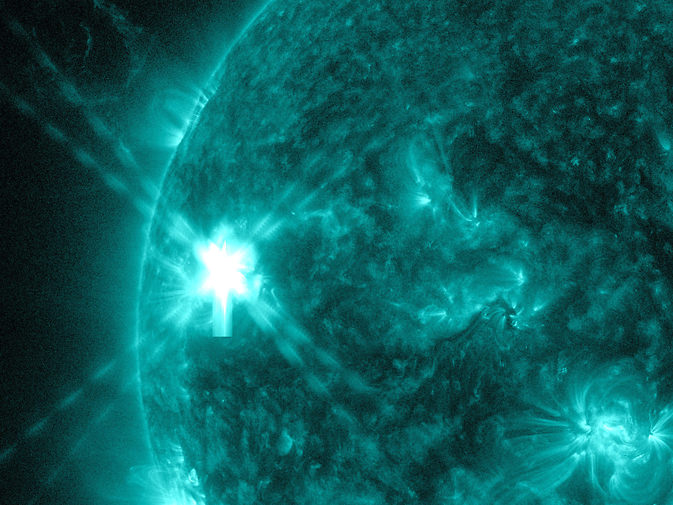
Using data from the Solar Dynamics Observatory, scientists have discovered new clues that could help predict when and where the next solar flare might blast from the Sun.
Researchers were able to identify small flashes in the upper layers of the corona – the Sun’s atmosphere – found above regions that would later flare in energetic bursts of light and particles released from the Sun. The scientists compared the flashes to small sparklers before the big fireworks.
Continue reading “Astronomers See Flashes on the Sun That Could be a Sign of an Upcoming Flare”Planetary Interiors in TRAPPIST-1 System Could be Affected by Stellar Flares
In a recent study published in The Astrophysical Journal Letters, an international team of researchers led by the University of Cologne in Germany examined how stellar flares and coronal mass ejections (CMEs) erupted by the TRAPPIST-1 star could affect the interior heating of its orbiting exoplanets. This study holds the potential to help us better understand how solar flares affect planetary evolution. The TRAPPIST-1 system is an exolanetary system located approximately 39 light-years from Earth with at least seven potentially rocky exoplanets in orbit around a star that has 12 times less mass than our own Sun. Since the parent star is much smaller than our own Sun, then the the planetary orbits within the TRAPPIST-1 system are much smaller than our own solar system, as well. So, how can this study help us better understand the potential habitability of planets in the TRAPPIST-1 system?
Continue reading “Planetary Interiors in TRAPPIST-1 System Could be Affected by Stellar Flares”The Sun Could Hurl Powerful Storms at Earth From its Goofy Smile

Our Sun is the very reason we’re alive. It provides warmth and the energy our planet needs to keep going. Now you can add photogenic to its illustrious résumé, as NASA recently photographed our giant ball of nuclear fusion doing something quite peculiar.
Continue reading “The Sun Could Hurl Powerful Storms at Earth From its Goofy Smile”Solar Orbiter Records a Stunning Timelapse of Solar Activity as it Completes its Latest Flyby
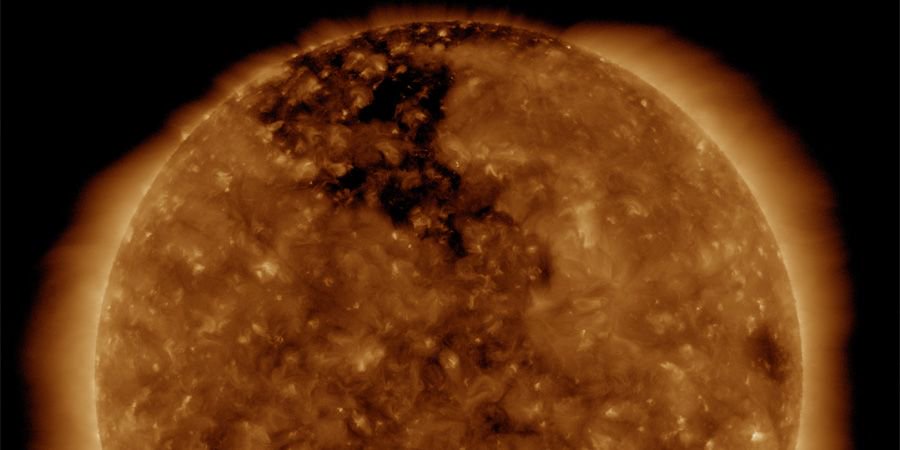
The sun is currently sleeping. Its surface and corona are relatively quiet as it prepares to ramp up for an expected phase of high activity in 2025. This past October, the ESA’s Solar Orbiter was able to sneak in a close-up peak at the Sun as it slumbers.
Continue reading “Solar Orbiter Records a Stunning Timelapse of Solar Activity as it Completes its Latest Flyby”Not Just a Planet Hunter. TESS Found Over 25,000 Flaring Stars
One of the beauties of modern-day space telescopes is that the data they produce, which is eventually wholly released to the public, contains useful information about much more than their primary mission objective. Other astronomers can then sift through the data using their own ideas, and in many cases, their own algorithms. Recently, a team from Poland turned a flare-searching algorithm on TESS’s planet-hunting data, and found an astonishing 25,229 stars with solar flares in the data set.
Continue reading “Not Just a Planet Hunter. TESS Found Over 25,000 Flaring Stars”During a Solar Flare, Dark Voids Move Down Towards the Sun. Now We Know Why
Solar flares are complex phenomena. They involve plasma, electromagnetic radiation across all wavelengths, activity in the Sun’s atmosphere layers, and particles travelling at near light speed. Spacecraft like NASA’s Solar and Heliophysics Observatory (SOHO) and the Parker Solar Probe shed new light on the Sun’s solar flares.
But it was a Japanese-led mission called Yohkoh that spotted an unusual solar flare in 1999. This flare displayed a downward flowing motion toward the Sun along with the normal outward flow. What caused it?
A team of researchers think they’ve figured it out.
Continue reading “During a Solar Flare, Dark Voids Move Down Towards the Sun. Now We Know Why”Good News! Red Dwarfs Blast Their Superflares out the Poles, Sparing Their Planets From Destruction
The only known life in the universe lives on a mid-size rocky planet that orbits a mid-size yellow star. That makes our planet a bit unusual. While small rocky planets are common in the galaxy, yellow stars are not. Small red dwarf stars are much more typical, making up about 75% of the stars in the Milky Way. This is why most of the potentially habitable exoplanets we’ve discovered orbit red dwarfs.
Continue reading “Good News! Red Dwarfs Blast Their Superflares out the Poles, Sparing Their Planets From Destruction”The Sun is Mellow Yellow Today. Billions of Years Ago? Not So Much
Planetary formation theory has been undergoing a lot of changes recently, with an ever expanding litany of events that can potentially impact it. Everything from gravity to magnetic fields seems to impact this complex process. Now scientists want to add another confounding factor – massive solar flares thousands of times more powerful than the most powerful we have ever observed from the Sun.
Continue reading “The Sun is Mellow Yellow Today. Billions of Years Ago? Not So Much”


